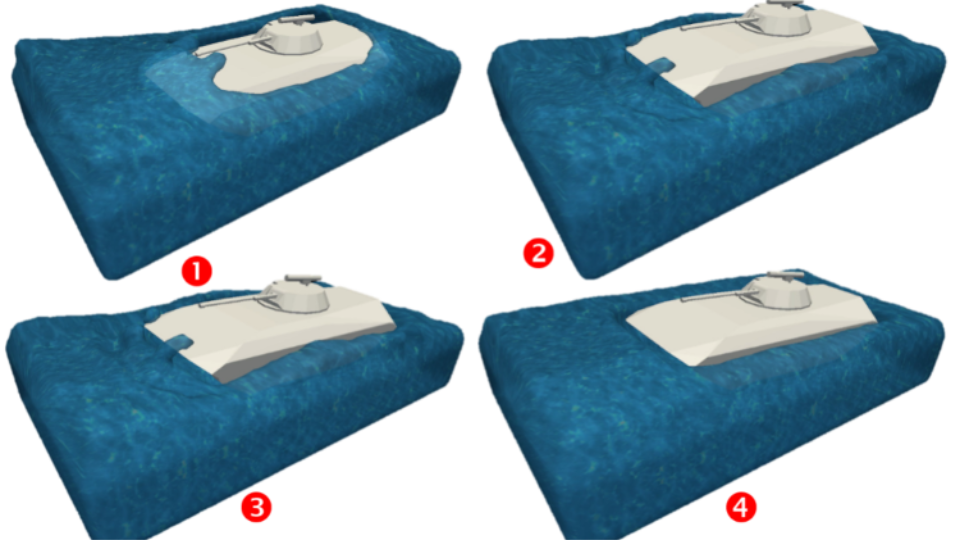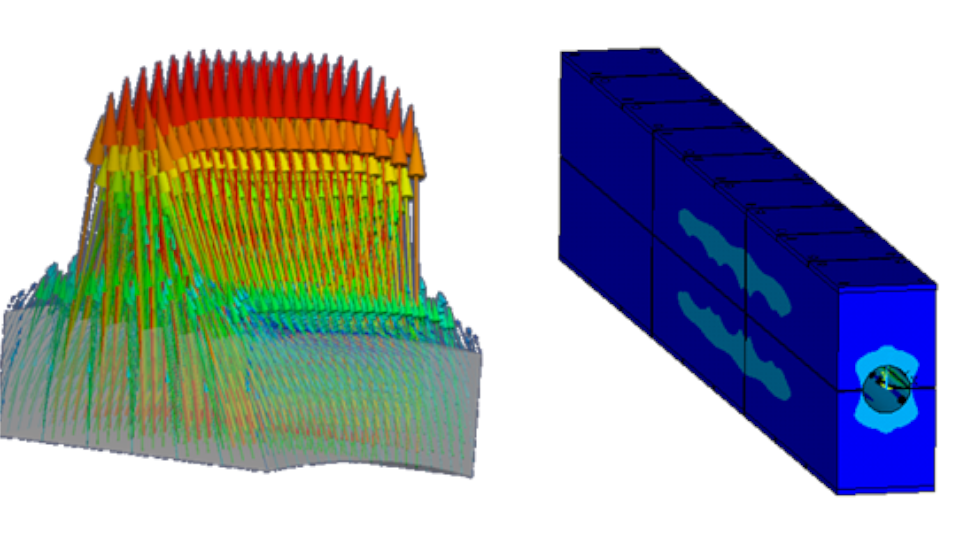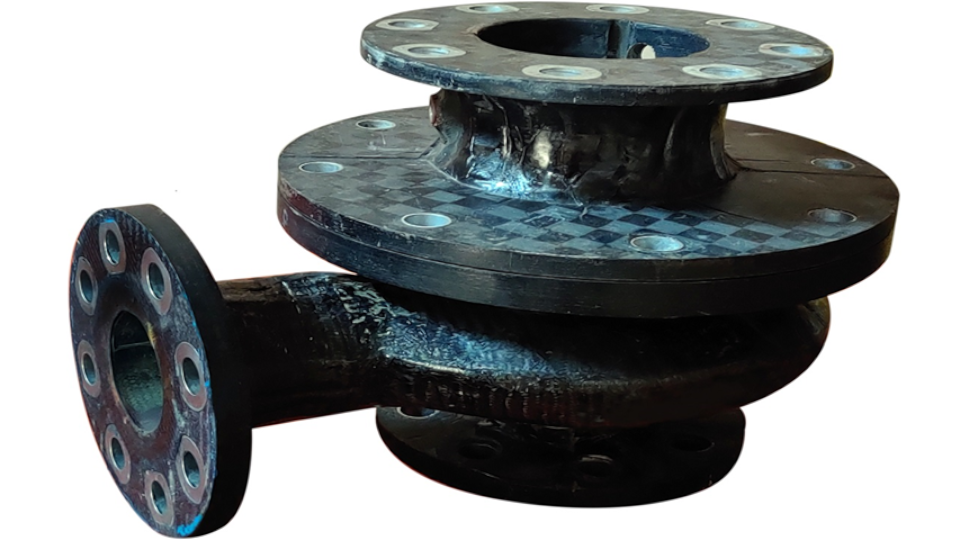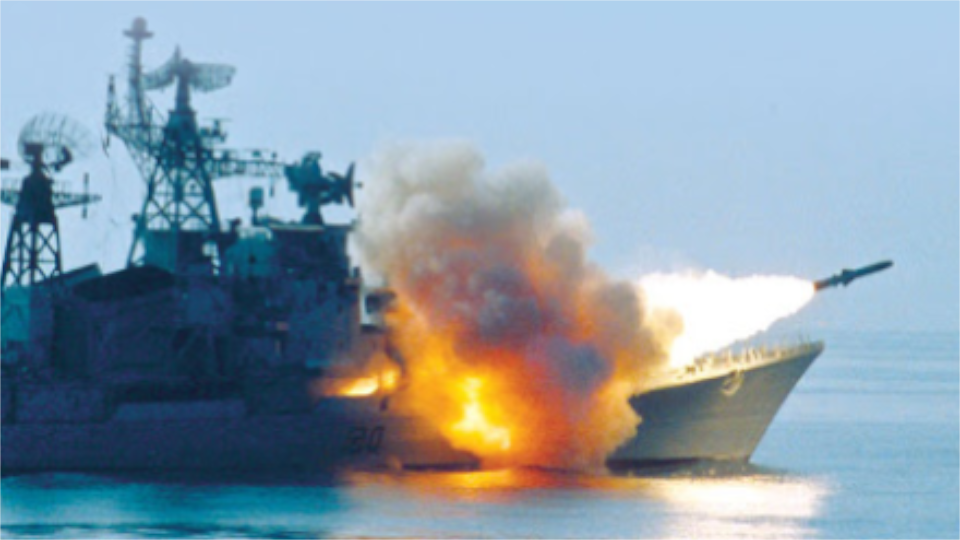Case Studies
Design For Hydrodynamics And Radar Cross Section Of Naval Vessel
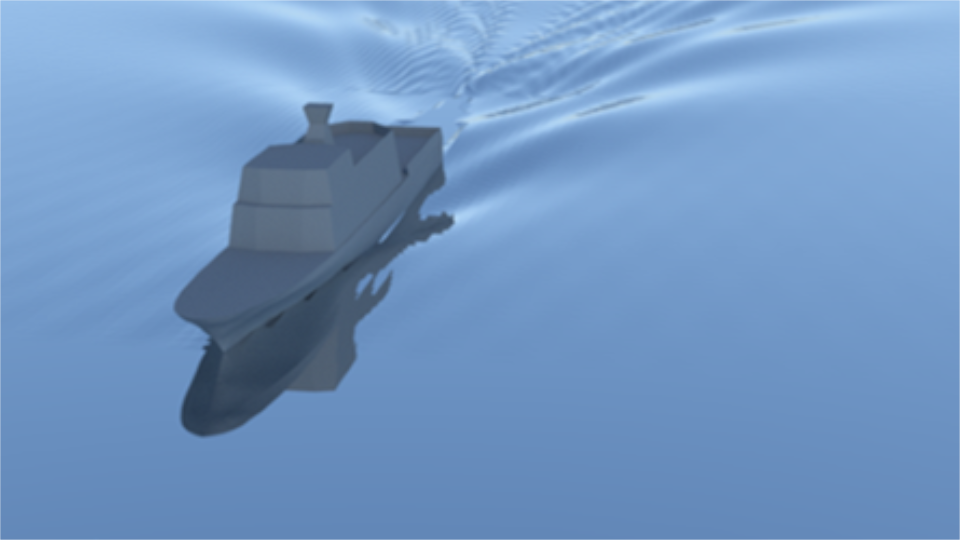
Our customer is a large defence shipyard. They are engaged in design and development of a patrol vessel. The shipyard was given a task by the user to reduce the hydrodynamic drag from the ship hull and reduce the Radar Cross Section of the hull and super structure combined. Due to stringent conditions of the user, it was required to have the RCS within a limit. Change in external shape was permitted if it met the constraints of spacing for sub-systems.
Multiple techniques were used for the simulation of hydrodynamics of the ship. Time Domain Boundary Element Method was used to predict the hydrodynamic characteristics like drag, trim and sinkage of sea vessel. Sea keeping simulations were done to estimate the dynamics of ship in motion for various sea states including green sea followed by RANS CFD. Multiple simulations were carried out at different surge speeds to calculate hull resistance. After hull redesign, RCS calculations were done using PO-PTD-SBR method including sea water and wave effects.
Validations of code was carried out on the Wigley test case. Excellent match was found between the experiment and simulation. Zig-Zag maneuver, turning circle, pull-out maneuver was simulated. Hull design was changed to obtain desired results. Superstructure was modified with 70 percent reduction in RCS achieved as compared to the base geometry.
